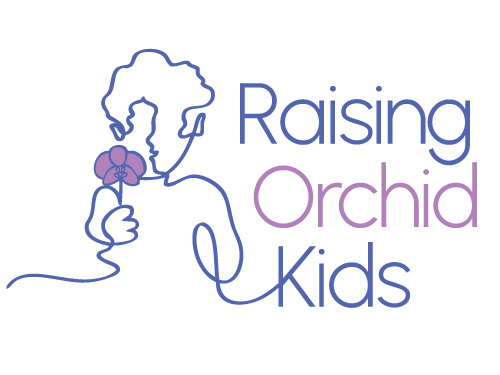Two summers ago, I drove cross country with my husband. During the drive from California to DC, we hit some pretty varied conditions. On one gorgeous sunny day, we drove 14 hours, the straight, flat stretches allowing us to fly down the highway. On a previous day, however, we ran into a massive thunderstorm while on a backroad that was pure switchbacks. That driving experience was more stressful, with a lot fewer miles covered. Both days involved the activity of driving, but they were completely different experiences. One was easy and automatic; the other was more difficult and required more conscious effort.
Parenting is like driving, and Gentle Parenting is one way to drive. But, while there are some great things about Gentle Parenting, when an idea catches on, myths and misunderstandings crop up. Here are some you might have heard.
Myth 1: That Gentle Parenting Even Exists
Gentle Parenting borrows from different methods and strategies, and there is no single way to practice it. In a nutshell, Gentle Parenting prioritizes communication, empathy, and understanding, rather than control-based discipline. It recognizes children as autonomous beings with needs, wants and ideas. It recognizes the parent as the child’s guide in their journey toward independence. These are fantastic ideas.
Here’s what this description misses, though. Just like the act of driving, the act of parenting involves LOTS of different realities on the ground, depending on the conditions. The myth of Gentle Parenting – as it’s (wrongly) interpreted by many people – is that there’s one “right” way to do it. There isn’t. Just like the way you drive changes depending on the car you drive and the road conditions, the way you parent changes based on your and your child’s needs.
Myth 2: That the person we’re being “gentle” with is our child
A lot of parenting experts (guilty!) focus mostly on how parents interact with children. It makes sense at some level, but if we only focus on one person in the interaction, we lose the thread. If I was beating myself up for only covering 100 miles on that stormy, mountainous road, you would say, “hey – stop that: this is hard. You needed to change strategies”. In the same way, when our child’s demeanor, behavior, symptoms or anything else is challenging us, the Gentle Parenting thing to do is to be GENTLE WITH OURSELVES as we figure out the needs of the situation.
Myth 3: That boundaries aren’t part of a Gentle Parenting Approach
Now, this perception is just WRONG: boundaries ARE a part of Gentle Parenting. We know from the research in child development that boundaries play a critical role in the parent-child relationship. They are essential to a healthy attachment, and children need boundaries in order to feel safe. But if I can go back to my driving metaphor: some kids are a sunny, straight ribbon of highway and you can take your hands off the wheel and your eyes off the road at times and no one will get hurt. Some kids are a stormy, mountain road at night where you might need to grip the wheel and really keep your eyes peeled. In the same way, at various points in your life, your parenting bandwidth might more closely resemble your friend’s 1990 Jeep Cherokee or your brand new fully electric Volvo. All this to say: we customize boundaries to the needs of the child, the situation and the parent.
Myth 4: That Emotional Competence is a Destination
One of the promises of Gentle Parenting is that we will raise Emotionally Competent Adults, and I do believe this is true. In my experience, though, Gentle Parents rush this step by forcing children to take on too much ownership over their (and our) feelings too soon. When Kiddo becomes upset, the Gentle Parent asks lots of questions, trying to uncover the why, in an attempt to have Kiddo learn about their own feelings. Although they come from a good place, Parents end up contributing to kiddo’s overwhelm, which has the opposite of the desired effect. What parents need to understand is that emotional competence is a long term process, which continues into adulthood. It’s not a destination. Learning how to experience difficult emotions is one of the greatest challenges for kids and parents alike (and totally worth doing!).
Whether you choose to identify as a Gentle Parent is up to you. Lots of folks (about 74% of parents today) are doing it. I do think it can be helpful for some folks as a reframe from their Authoritarian upbringing. But, if you’re feeling hamstrung by the Gentle Parenting label, DITCH IT. Maybe try figuring out what you need, what your actual child needs, do that and forget about the labels for a while.

